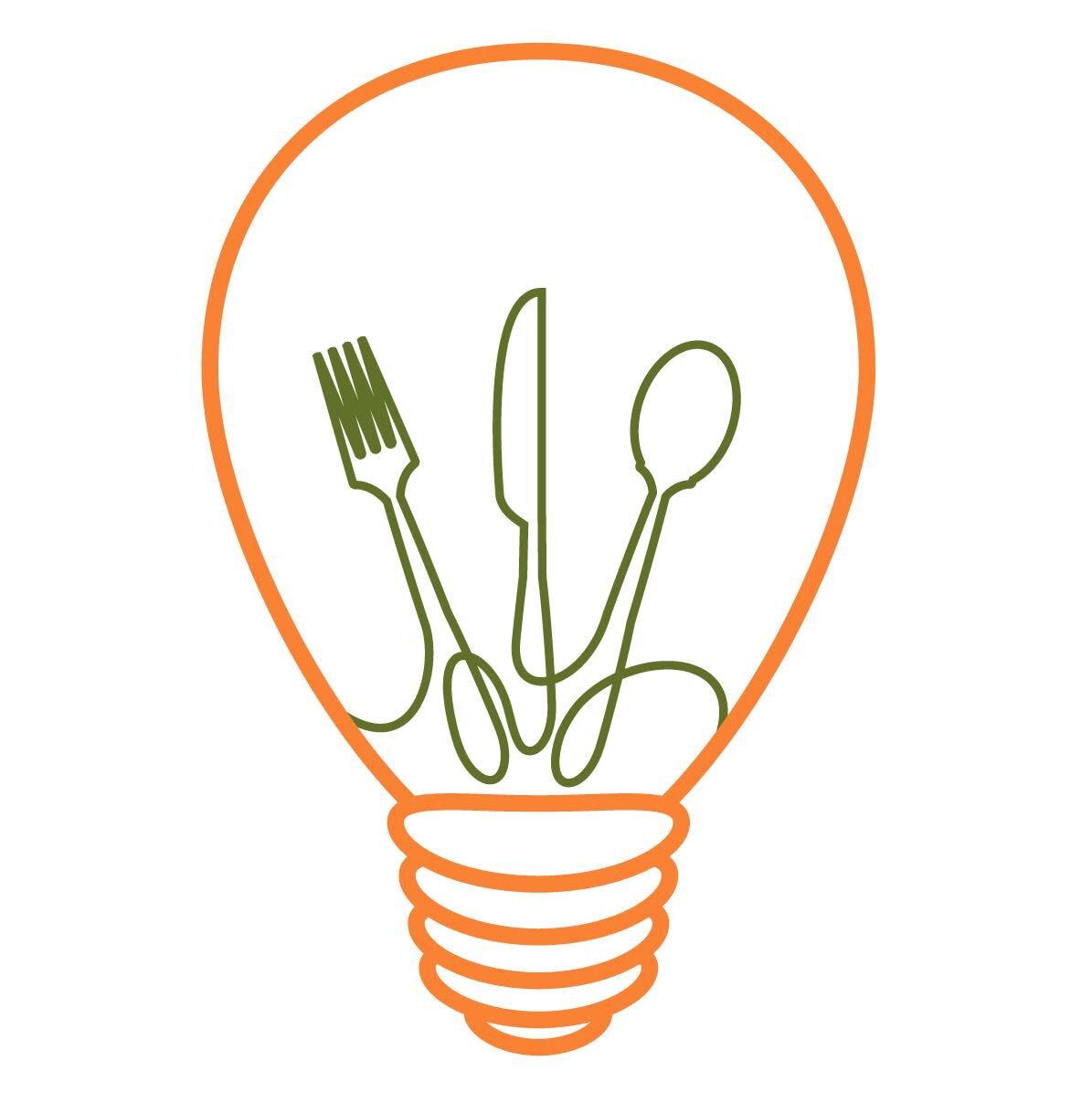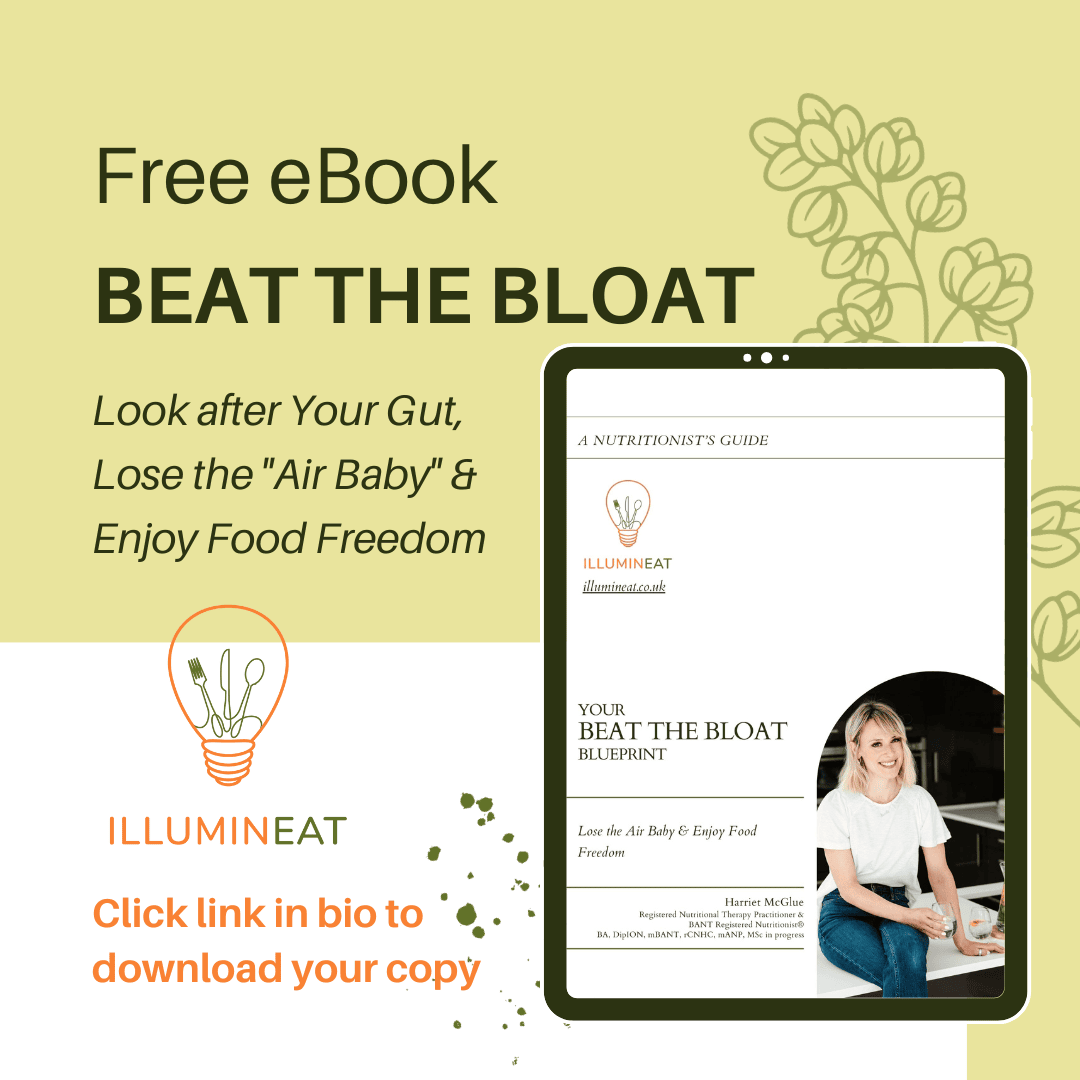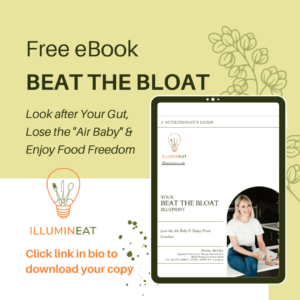In the UK we are recommended to eat 5 portions or fruit and vegetables a day but guidelines do not differentiate between the two. A portion is 80g fresh/frozen/tinned fruit, 30g dried or 150ml juice (with the latter limited to one serving a day). 80g looks like one medium sized fruit like an apple or banana or 2 small fruits like plums or kiwis.
Most of us don’t eat anywhere near enough. A 2018 survey revealed just 28% of adults in England were getting their 5 a day with an average intake of just 3.7 portions – and most people OVERestimate how much of the good stuff they consume!
The benefits
- Fruit in general provides many important micronutrients with individual types contributing more or less of the following: vitamin C (important antioxidant, plays a role in immune health, wound healing and supporting non-haem iron absorption); potassium (helps the body regulate fluid, send nerve signals and regulate muscle contractions); beta-carotene (which the body converts to retinol, the active form of vitamin A, a key nutrient for immunity, fertility and skin health), folate (needed to make DNA and red blood cells, for cell division and to help prevent neural tube defects in a developing foetus); vitamin E (another antioxidant, vital for healthy blood vessels and clotting and to support immune, eye and skin health).
- Fruits, especially berries, are an amazing source of polyphenols – beneficial plant compounds which help to combat free radicals in the body, reducing oxidative stress and inflammation.
- Fruit is a great source of fibre – especially berries, apples, pears, bananas, citrus fruits, kiwis and avocados (yes, technically a fruit!). Not only is eating enough crucial for microbiome diversity and digestive health but fibre intake correlates with systemic health benefits from reduced risk of obesity and type 2 diabetes to lower incidence heart disease and bowel cancer.
- As any parent will attest, getting little ones to eat and enjoy a variety of veggies can prove challenging! While I would always advocate continuing to offer a range of different veggies, prepared in different ways, including the same ones multiple times even if they are invariably rejected(!) – fruit is universally loved by kids for its sweet taste and can provide a lot of the same nutrients as veg.
But isn’t it full of sugar?
- Yes BUT…the sugar contained in whole fruit is NOT the same as the “free sugars” added to processed foods and baked goods present in table sugar (sucrose) and syrups (honey, maple, agave, date syrup- they’re all just sugar by another name). Rather, the sugar in fruit is bound up within the cellular matrix (structure) of the fruit where the fibre present reduces the glycaemic index. Because it takes time to eat and digest a price of fruit, the sugar enters our bloodstream much more slowly (than with sugary beverages and processed foods) and is less likely to “spike” both glucose and insulin levels.
- The fructose content of fruit is often cited as a reason to avoid it as lots of studies have linked this type of sugar to metabolic syndrome and NAFLD (fatty liver disease). However, the research generally concerned high fructose corn syrup which is obviously a very different entity to fresh whole fruit! The fibre and water content of fruit – and the chewing required to eat it – make it difficult to consume large amounts of fructose in one sitting and a healthy liver very capable of metabolising the small amounts of fructose reaching it gradually from whole fruit!
Now for the caveats…
Avoid drinking juices and smoothies on a regular basis. While still a good source of micronutrients, they do not contain the same fibre as whole fruits which means you can easily consume more without feeling full (no chewing resistance), and the processing releases the natural sugars from the structure of the fruit making them act as “free sugars”. Because dried fruits are dehydrated, the sugar is much more concentrated.
While whole fruit is a very healthy part of the diet for most of us, those with unhealthy blood sugar levels – evidence of insulin resistance (pre-diabetes) or diabetes – will want to choose lower GI fruits (e.g. berries and kiwis over mango and banana!) Of course, very low-carb and ketogenic diets generally exclude much in the way of fruit (except berries) – not a way of eating I, personally, would advocate (aside for specific medical indications) and certainly not for the long haul.
Ultimately nutrition science has come a long way and we now know there is no one size fits all! Personalised nutrition is really taking off, and for good reason. I might be able to eat bananas and mangoes with impunity, but those same foods could send your blood glucose skyrocketing! If you’re interested to know how individual foods affect you, you could always invest in a continuous glucose monitor and take away the guesswork… But that’s a story for another day!
For now, eating fruit skin on and alongside source of fat and protein can slow the release of sugar into the bloodstream. It is for this reason I would usually eat fruit salad with a big dollop of full fat Greek yoghurt or kefir; apple or banana slices spread with or dipped in nut butter etc.
Many IBS sufferers will probably be familiar with avoiding certain foods, including fruits, as they seem to trigger gut symptoms. This is the rationale behind the low FODMAP diet, of course – limiting certain carbohydrates with are poorly digested in the small intestine and instead reach the colon intact where they are fermented by gut bacteria to produce gas, pain and other issues. While this can be very useful in the short term, avoidance (of fruit or anything else in the diet except perhaps ultra-processed junk or in the case of genuine allergy!) is rarely a great long term strategy and there are most likely other reasons (rather than the foods themselves) why they don’t go down well. Another story for another day!
The bottom line?
Multiple observational studies associate higher fruit and veg consumption with lower disease risk (metabolic and cardiovascular disease in particular). Most studies pool F&V together but one review of 9 studies found a 7% reduced risk of cardiovascular disease for every additional portion of fruit consumed. RCTs have demonstrated that increased fruit intake may reduce blood pressure, decrease oxidative stress and improve blood glucose control in diabetics.
For most of us, eat the (whole!) fruit. Eat as many different types and varieties as you can and switch things up – diversity is key. Eat in season and don’t be afraid of the less “perfect” specimens (they likely contain even more healthful plant chemicals). Where possible, eat the skin, preferably organic. Enjoy it, it’s great for you. Just don’t forget the veggies 😉
















